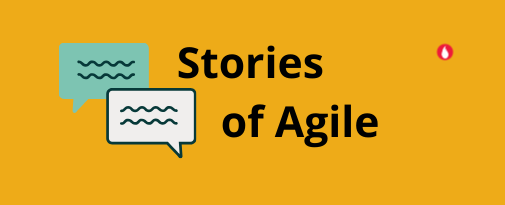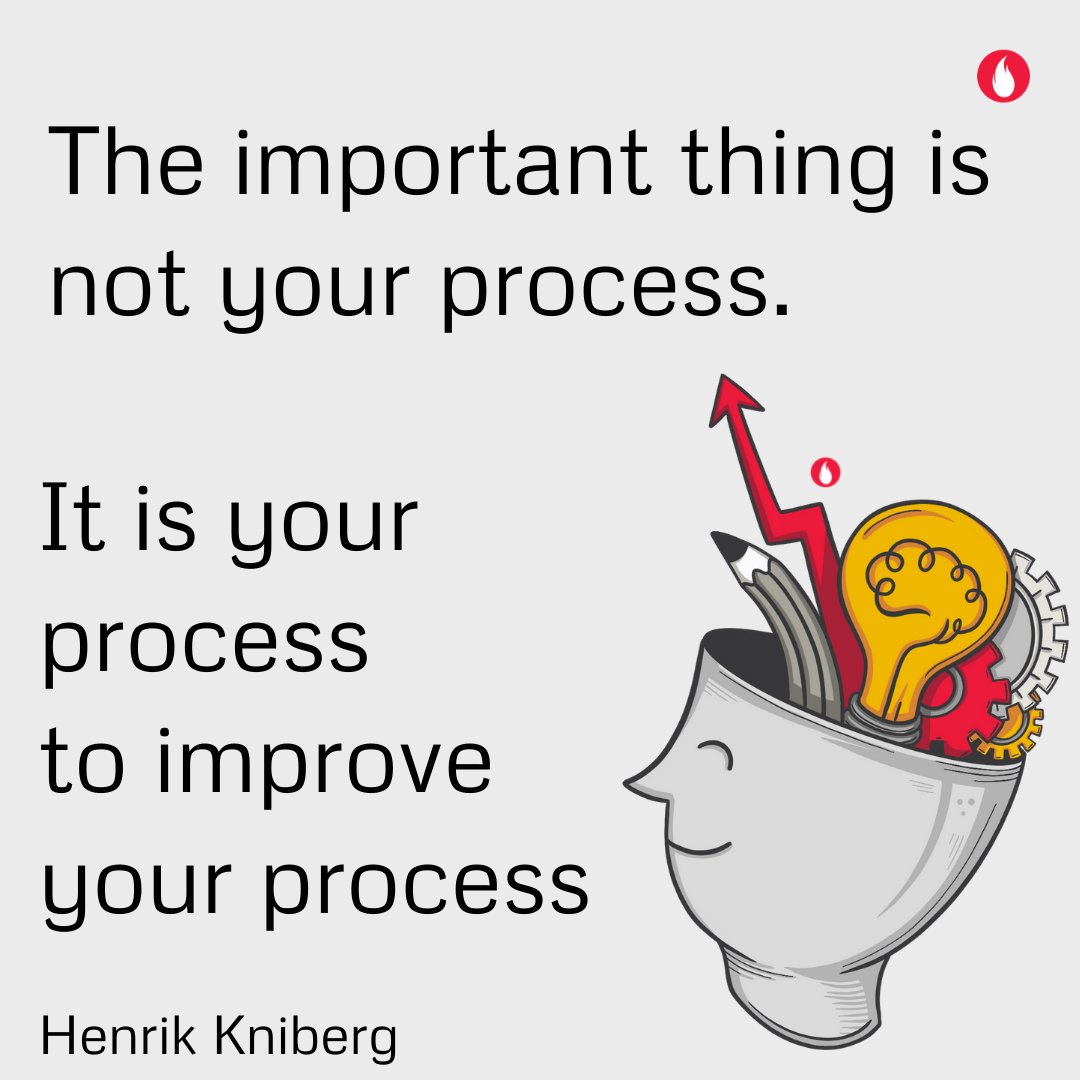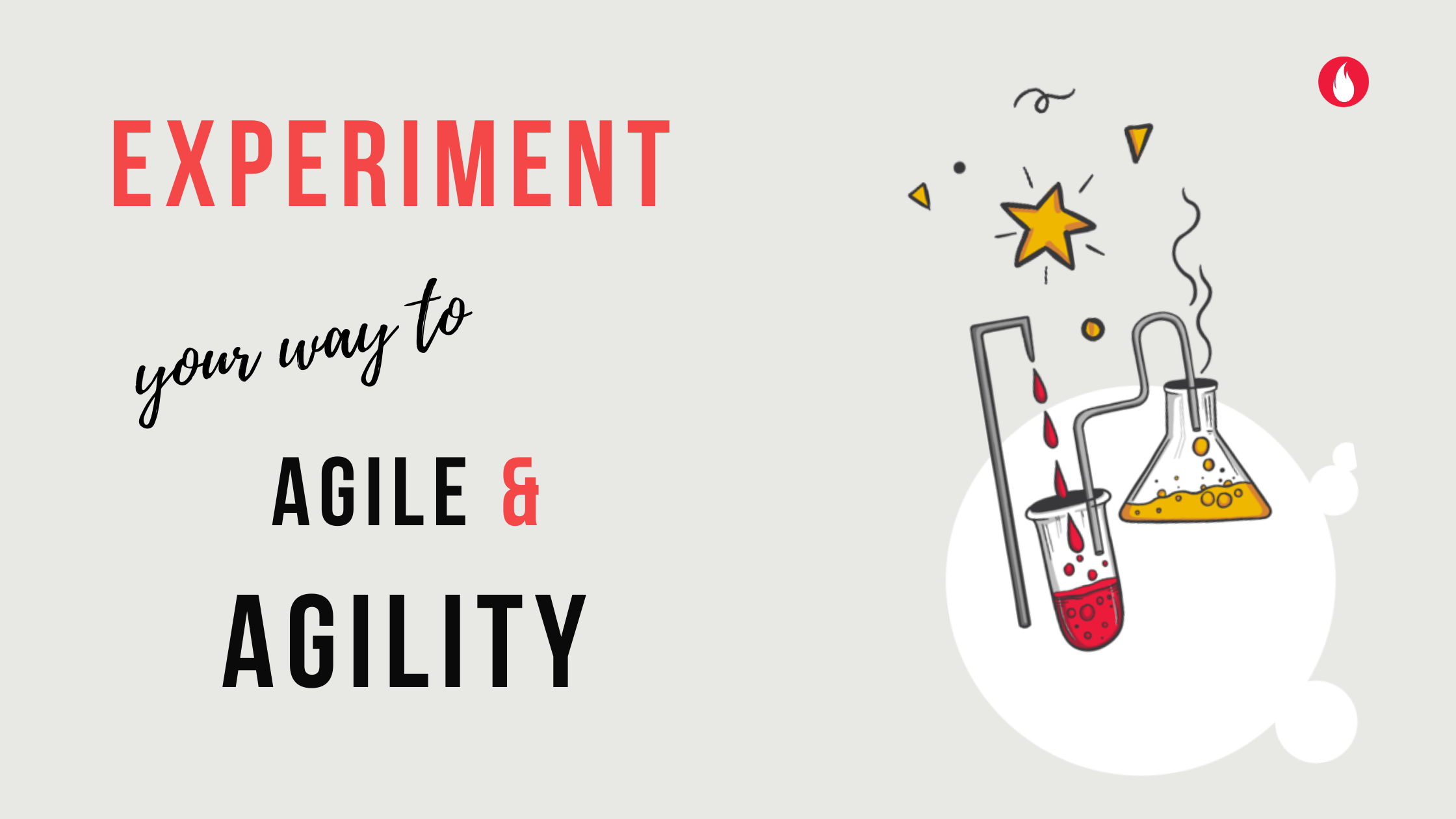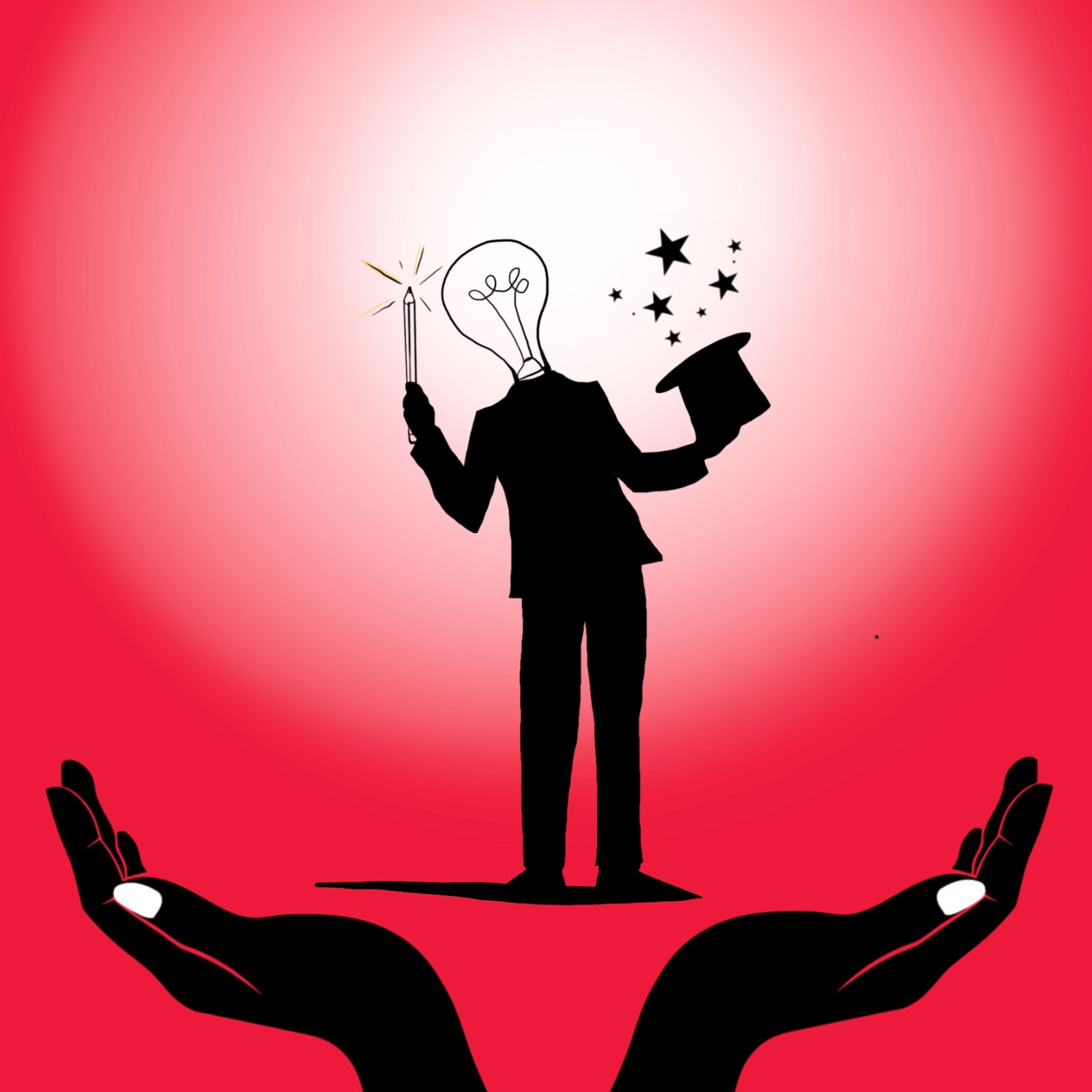A thrilled CEO once told Jeff Sutherland (creator of SCRUM, an Agile methodology), his company implemented Agile through SCRUM and today were seeing a 20% improvement in all metrics. Jeff’s response was “You are doing something wrong, if you are only seeing that % change”. The CEO is perplexed, his firm had implemented all the ceremonies and processes listed. What else was there to be done? The CEO and his team had missed the core principle of Agile – Reflection and improvement. This ability to learn is critical to be able to adapt in this complex world and it creates a competitive advantage. The ability to learn starts with Agile implementation itself. In this edition of the Agile OWL, we carry three stories from teams who learnt and adapted their Agile processes.

Agile Stories
“The important thing is not your process. The important thing is your process for improving your process”, remarked Henrik Kniberg, Agile coach at Spotify/Lego. This ability to sense and take-in feedback, the openness to engage with it and actions to experiment, symbolise an Agile approach. Here are three stories of firms who did just that, with their agile transformation.
Bosch, featured earlier here, kept iterating to find their lever for adoption. They experimented with dual org structure, small enabled teams, mass enablement. At every step they took feedback, made sense of what was not working and iterated further. In their context, they found that the CEO and board modelling the behavior, led to higher adoption.
In Lego’s case, they iterated to find the ideal processes for Agile. While teams adopted Agile easily, LEGO struggled with managing and coordinating team output. We featured their process of planning here. Even now they are making changes to how they run Agile by experimenting based on feedback. The planning exercise has moved from 2 days to 1. They no longer put up all team details but only dependencies. It is evolving! Read more here.
Abandon but borrow, an experiment!
HubSpot an inbound marketing and sales platform, had to create their own processes to thrive. An early adopter of SCRUM method, HubSpot saw tremendous success. But as they scaled, they found themselves struggling. So, they took parts of what was working in SCRUM, like demos of working prototypes every sprint and built on it. Science fair is the process at HubSpot and here is how it flows. Every month the product team demo’s solutions and improvements to the CEO and the C-suite team. The only guideline is that whatever is presented at the Science fair, has to show real customer impact and be a working prototype. This process of science fair gives autonomy and accountability to the product team. It has improved trust and reduced red tape says HubSpot.
Agility is about being adaptable
Being Agile is about being adaptable enough to thrive in this complex world. Why then do companies not adapt and improve their agile processes? Why do they stop at off the shelf processes? Our hypothesis is, it stems from good intention(s).
(1) Good Intention One:
Companies and leaders recognise that change is hard and takes time to adopt. Change must be persisted with before it becomes a habit. So, they continue repeating themselves, hoping it will work, stick, come together, Someday!
Yes, for change to stick it requires persistence. This persistence must stem from experiments and learning from these experiments. Persistence and experimentation working in cyclical tandem is the key to change. One without the other isn’t worth much.
(2) Good intention Two
The world doesn’t doubt a success and so don’t companies. Leaders believe that success must mean that it obviously works. They adopt the practices without questioning it. In the process they forget their contexts, their challenges and strengths.
Take the famous Spotify model. Henrik Kniberg and Anders Ivarsson, were the Agile coaches who shared the Spotify model. It was an experiment, a work-in-progress model. It was shared to elicit more ideas and not as a success formula, as per the creators themselves. Spotify itself does not follow the model anymore. The world still is adopting it though!
Apart from one story which captures the human centric change in the world of Agile, the Agile OWL brings to you every fortnight, the latest reads, books, trivia, and quote from the world of Agile and its methodologies. Stuff that caught our attention. This is edition 25 and we carry seven useful links for you. Tell us what you thought of them.

From social media:
1. Distributed teams are here to stay. How do you approach coding in hybrid working times? This article has some clues. We also publish a hybrid work resources and news digest weekly, you can access it here.
2. Have you struggled with wanting more certainty in your innovative efforts? You are not alone. This article shows we can’t schedule innovation, but we can schedule discovery.
From the bookshelf:
Becoming Agile : In an imperfect world is a great book for starters. It provides methods in which to prepare and plan feasibility of a project and to adopt them so that your team eventually becomes a fully agile operation.
From the tool box:
Problem framing is critical to problem solving, possibly the most important step there is. Here are a few frameworks you can use to frame problems better.
From the trivia & fact box:
Have you tried writing ‘Experiment Stories’? Jeff Gothelf’s Lean UX book suggests we write it in this format : We believe that [doing this/ building this feature], [for these people] will achieve [this outcome]. We’ll know we are successful when [we see this measure] and keep these experiments enmeshed in our regular tasks for best results.
#AgileQuotes to sign off:

Note : This post is Edition 25 of the Agile OWL from the OWL umbrella. The Agile OWL is a newsletter focused on the human experiences and stories within agile transformations. Sign up to receive the newsletter here



